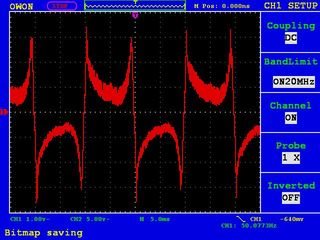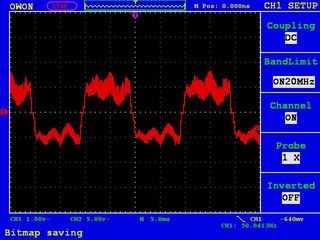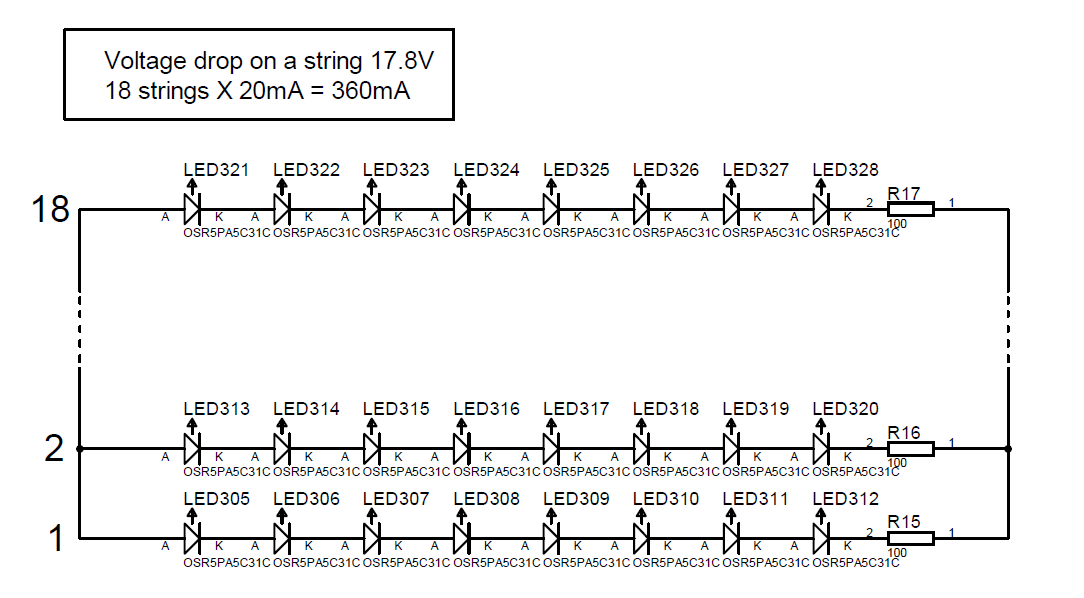Part Number: TPS92075EVM
I have a few questions.
1. Because the chip is a PFC driver the ideal current waveform would resemble a sine, whilst on this board it looks more or less like a triangle (chip being settled). Is this the best PFC waveform I can achieve using that chip?
2. Settling of the chip takes about 2 seconds. Initially it is quite spiky then it transforms into a triangle (see pictures below). Does it meant to be like this?
Thanks.







